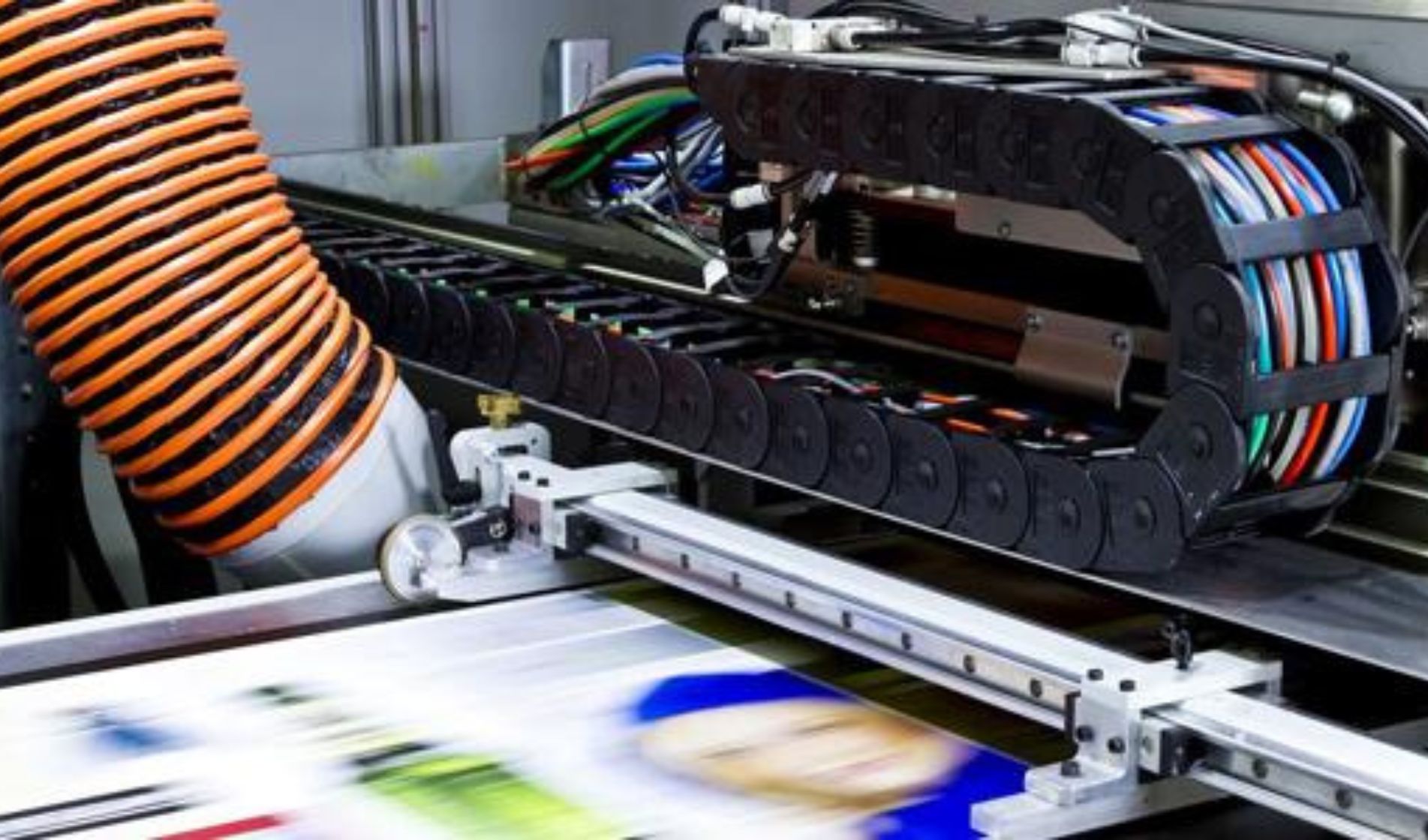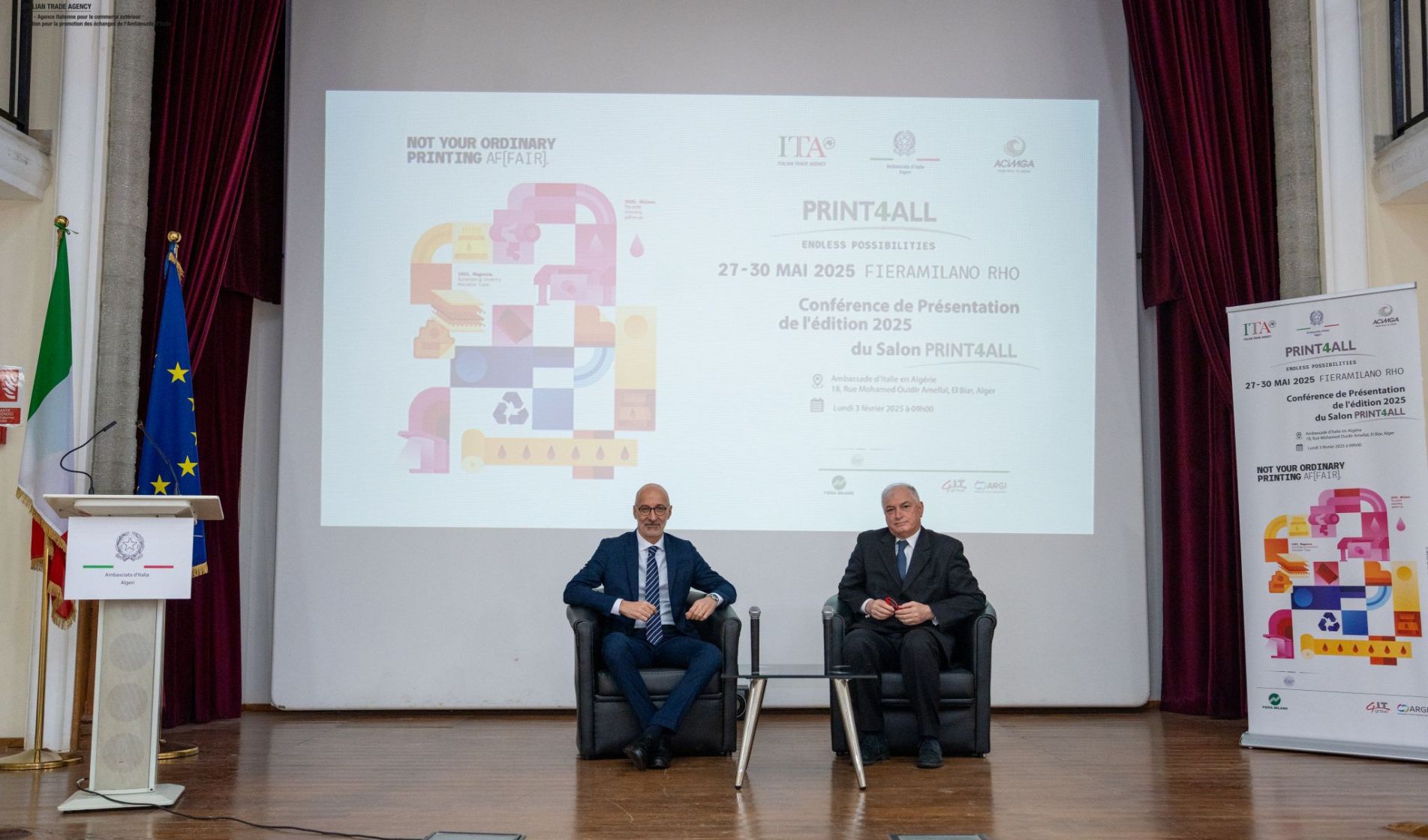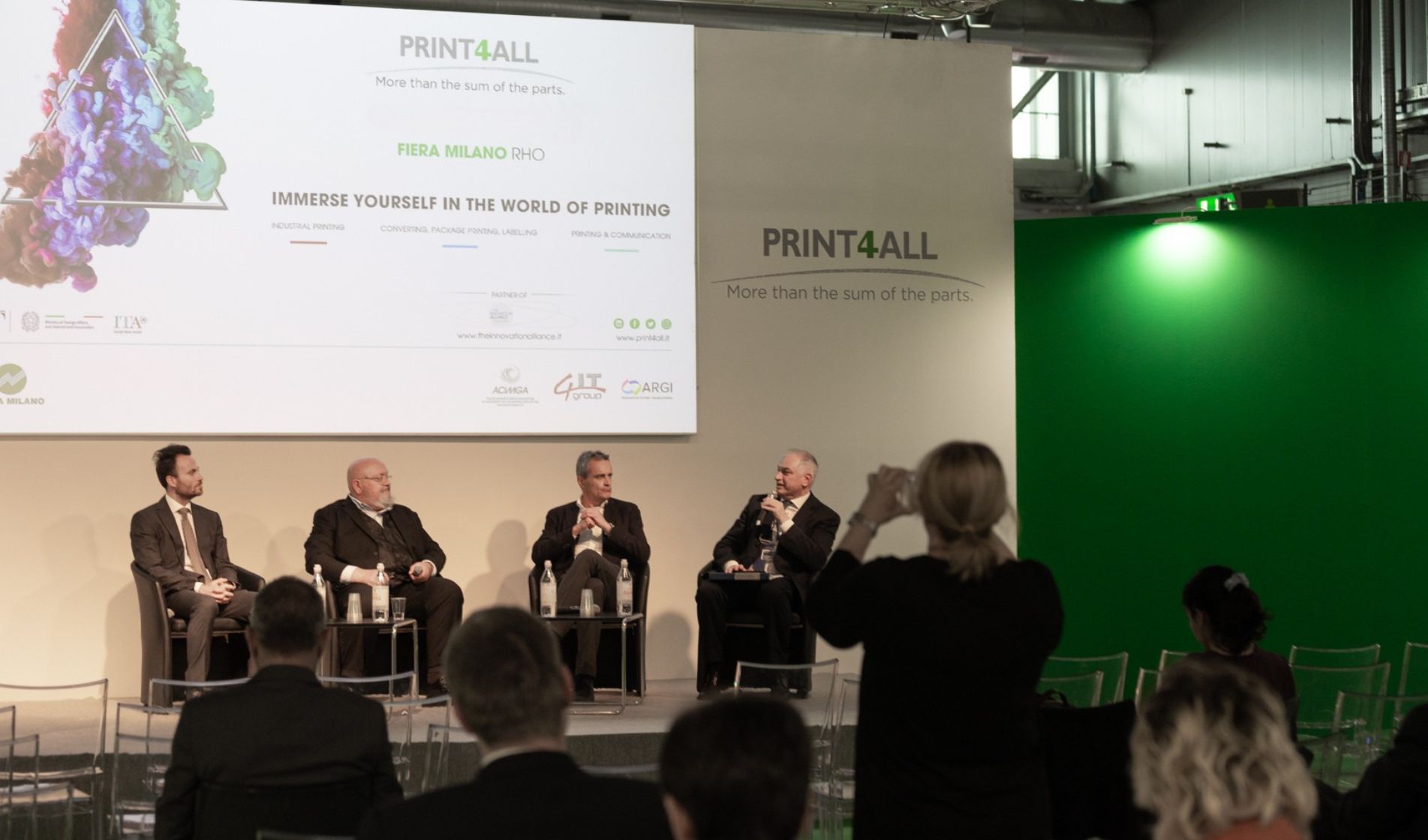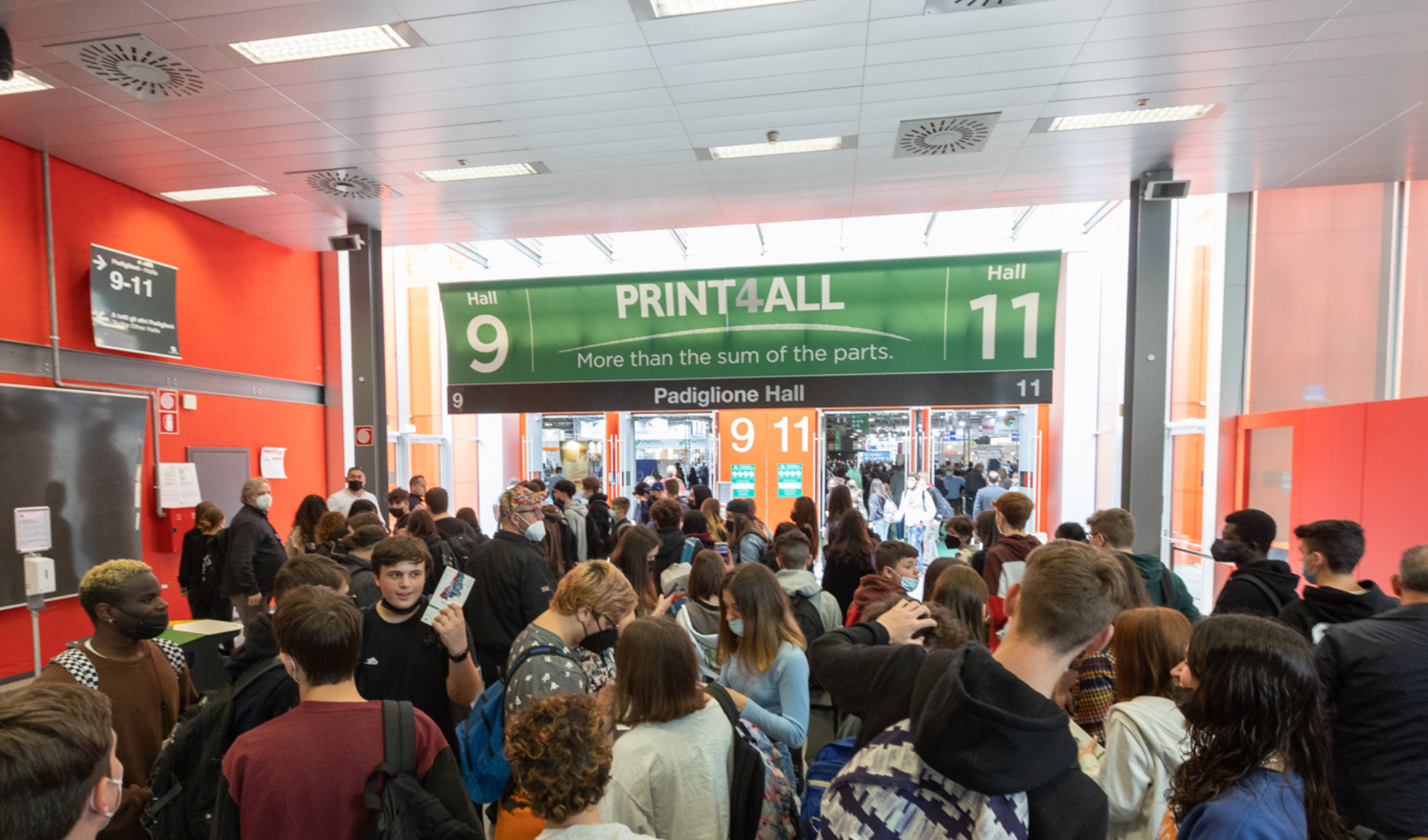Many analysts are studying the world of flexographic printing and providing sector forecasts. The results may differ from one to another in terms of absolute values, but widespread consensus holds that the market linked to the use of flexographic printing technologies is showing steady growth rates and will continue to do so for at least the next three years.
The global market of flexographic printing presses is set to grow by 219.24 million dollars in the 2019-2023 period, progressing with an annual growth rate in excess of 3% during the period as it serves an outlet market worth over 160 billion dollars (value of the entire flexographic printing sector – Sources: Technavio and Smithers). These upbeat forecasts also apply to the labels market.
Labels and printing technologies
This particular market segment is seeing an increasing offering of digital and hybrid printing solutions, but the installed base is still low compared to flexographic units currently in use. This means that the majority of labels are still printed with traditional printing presses.
This situation is compounded by the sufficiently long life cycle of flexographic printing presses and the fact that the majority of label printing operations are still based on high print runs because they are aimed at the general retail market.
This predominance could have stifled the pursuit of innovation by machinery manufacturers, yet on the contrary, flexo printing press manufacturers are proving particularly active in terms of innovation and the pursuit of new solutions.
Flexography and innovation
Advancing automation solutions and the logic of Industry 4.0 are concepts that are gaining ground in all areas of industry, but they’re enjoying particularly exciting times in the field of printing and converting.
Huge advances have been made at every step, from preparation of equipment, to automated configuration, printing adjustments and finishing. These automation measures help to solve the problem of skills shortages that affects emerging markets especially, but they also allow optimisation of resources.
Another area of innovation regards the management of drying of printed products. Drying has always been a bit of a stumbling block in printing, above all with heat-sensitive supports. The recent development of UV LED curing technology has already begun to revolutionise flexographic printing.
Sustainability, materials and inks
The industry is placing multiple bets in a bid to cover all bases. From the pursuit of solutions for printing on lighter or different, unconventional materials, to the use of inks with increasingly eco-friendly credentials. Indeed, inks for flexographic printing is a sector that’s enjoying a dynamic moment of considerable transformation. Flexographic inks have evolved over the past four decades from aniline-dye inks, polyamide resins, solvent- and water-based solvents. Experts forecast that the flexographic inks market will be worth more than 3.5 billion dollars in Europe by 2024 (source: Graphical Research).
Thanks to their excellent durability and superior results, solvent-based liquids will be the preferred choice for large-sized substrates. Water-based inks, meanwhile, will claim an important share of the flexographic inks market thanks to their vast range of uses in various packaging materials.






.jpg)
